Reflection on historical cycles can provide a roadmap for ethical considerations in the AI era
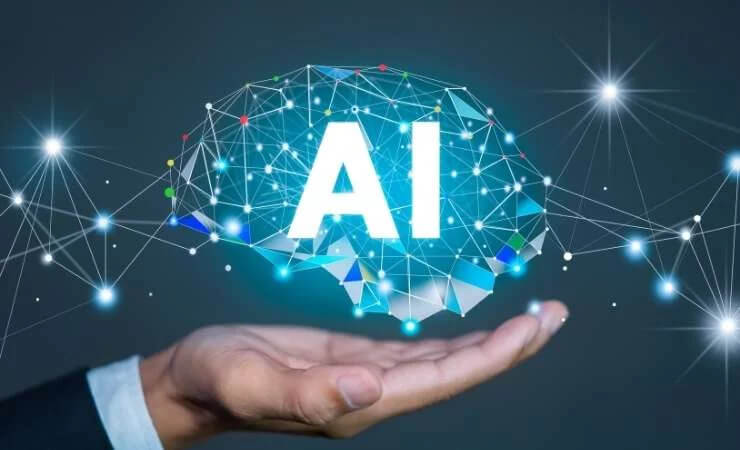
As AI systems become more powerful and sophisticated, it will become increasingly important to think about the potential risks and benefits of their use, and to develop safeguards to prevent them from being used for harmful purposes.
Yes, reflection on historical cycles can provide a roadmap for ethical considerations in the AI era.
Examples
- The invention of the printing press led to the spread of knowledge and ideas, but it also led to the spread of propaganda and misinformation. This is a reminder that AI systems can be used for good or for evil, and that it is important to develop them with ethics in mind.
- The Industrial Revolution led to great economic growth, but it also led to widespread pollution and exploitation of workers. This is a reminder that AI systems can have a significant impact on the environment and on society, and that it is important to consider these impacts when developing them.
- The development of nuclear weapons showed the destructive power of technology, and the need for international cooperation to prevent its misuse. This is a reminder that AI systems could also be used for destructive purposes, and that it is important to develop international norms and regulations to govern their use.
These are just a few examples of how reflection on historical cycles can help us to develop ethical considerations for AI. As AI systems become more powerful and sophisticated, it will become increasingly important to think about the potential risks and benefits of their use, and to develop safeguards to prevent them from being used for harmful purposes.
Specific ethical considerations that should be taken into account when developing AI systems
- Transparency: AI systems should be transparent in their operation, so that users can understand how they work and make informed decisions about their use. This means that AI systems should be able to explain their decisions, and that the data that they are trained on should be made available for inspection.
For example, if an AI system is used to make decisions about who gets a loan, the system should be able to explain why it made that decision. This would help to ensure that the system is not making discriminatory decisions.
- Accountability: There should be clear mechanisms for holding those responsible for developing and using AI systems accountable for their actions. This means that there should be laws and regulations in place that govern the development and use of AI, and that there should be clear procedures for investigating and punishing misuse of AI.
For example, if an AI system is used to make decisions about who gets a job, and the system makes a discriminatory decision, the company that developed the system should be held accountable.
- Fairness: AI systems should be designed to be fair and unbiased, and to avoid discrimination against any group of people. This means that AI systems should not be trained on data that is biased, and that they should be designed to avoid making decisions that are discriminatory.
For example, an AI system that is used to make decisions about who gets a loan should not be trained on data that includes information about race or gender. This would help to ensure that the system is not making discriminatory decisions.
- Privacy: AI systems should respect the privacy of users, and should not collect or use personal data without their consent. This means that AI systems should have clear privacy policies, and that they should only collect and use data that is necessary for their intended purpose.
For example, an AI system that is used to provide personalized recommendations should not collect data about users' browsing history without their consent. This would help to protect users' privacy.
- Safety: AI systems should be safe and secure, and should not be used to harm people or property. This means that AI systems should be designed to prevent accidents and misuse, and that they should be subject to rigorous security testing.
For example, an AI system that is used to control a self-driving car should be designed to prevent the car from crashing. This would help to ensure the safety of the car's passengers.
- Non-maleficence: AI systems should not be used to cause harm to people or property. This means that AI systems should be designed with safety in mind, and that they should not be used to intentionally harm others.
For example, an AI system that is used to develop weapons should not be used to develop weapons that are designed to cause unnecessary suffering.
- Beneficience: AI systems should be used to benefit humanity. This means that AI systems should be designed to solve real-world problems and to improve people’s lives.
For example, an AI system that is used to develop new medical treatments should be designed to save lives and improve people's health.
- Justice: AI systems should be used in a just and equitable manner. This means that AI systems should not be used to perpetuate discrimination or inequality.
For example, an AI system that is used to make decisions about who gets a job should not be used to discriminate against people based on their race, gender, or other factors.
- Sustainability: AI systems should be developed and used in a sustainable manner. This means that AI systems should not contribute to environmental degradation or resource depletion.
For example, an AI system that is used to optimize energy use should be designed to reduce energy consumption and to help to protect the environment.
- Human control: AI systems should be under human control at all times. This means that humans should always have the ability to override AI decisions and to ensure that AI systems are not used for harmful purposes.
For example, an AI system that is used to control a self-driving car should be designed so that a human driver can always take control of the car if necessary.
Additional ethical considerations that are specific to certain areas of AI
- Healthcare: AI systems should be used to improve the quality of care and to reduce medical errors, but they should not be used to replace human doctors or to make decisions about patient treatment without human oversight.
- Education: AI systems can be used to personalize learning and to provide tailored instruction, but they should not be used to replace human teachers or to track students’ every move without their consent.
- The workplace: AI systems can be used to automate tasks and to improve productivity, but they should not be used to discriminate against workers or to replace them with robots.
- The military: AI systems can be used to improve targeting accuracy and to reduce civilian casualties, but they should not be used to start wars or to make decisions about life and death without human oversight.
These are just a few examples of the ethical considerations that need to be taken into account when developing and using AI systems. As AI technology continues to evolve, it is important to continue to have these discussions and to develop new ethical frameworks to guide the development and use of AI.

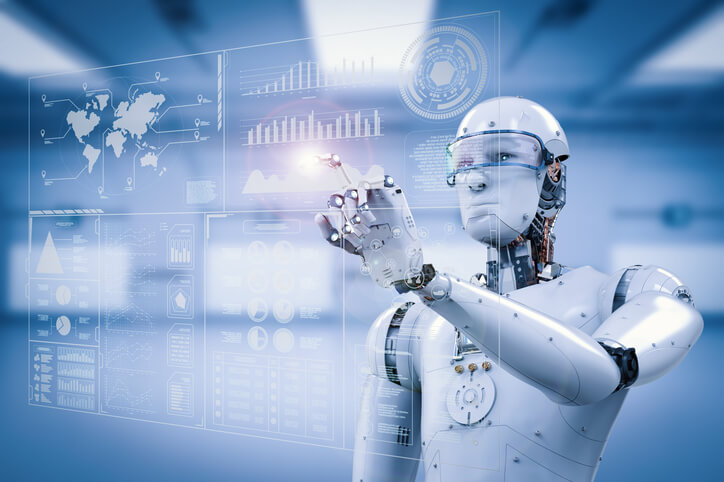


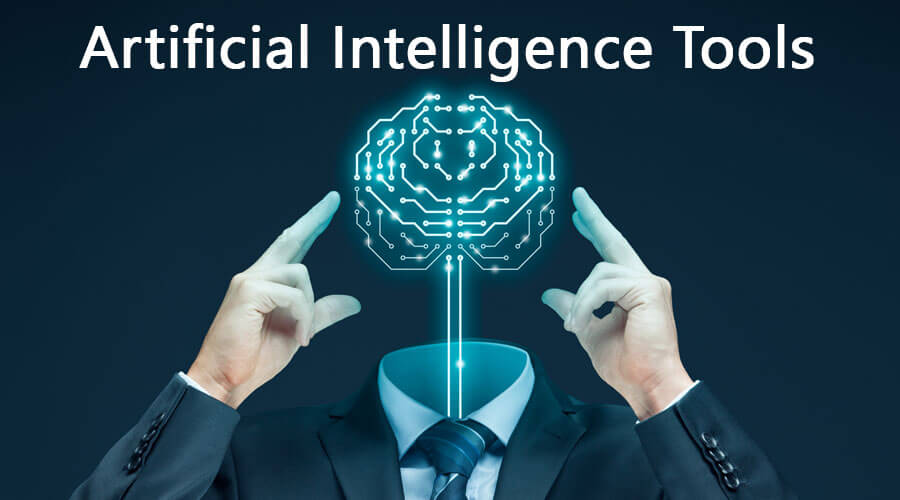
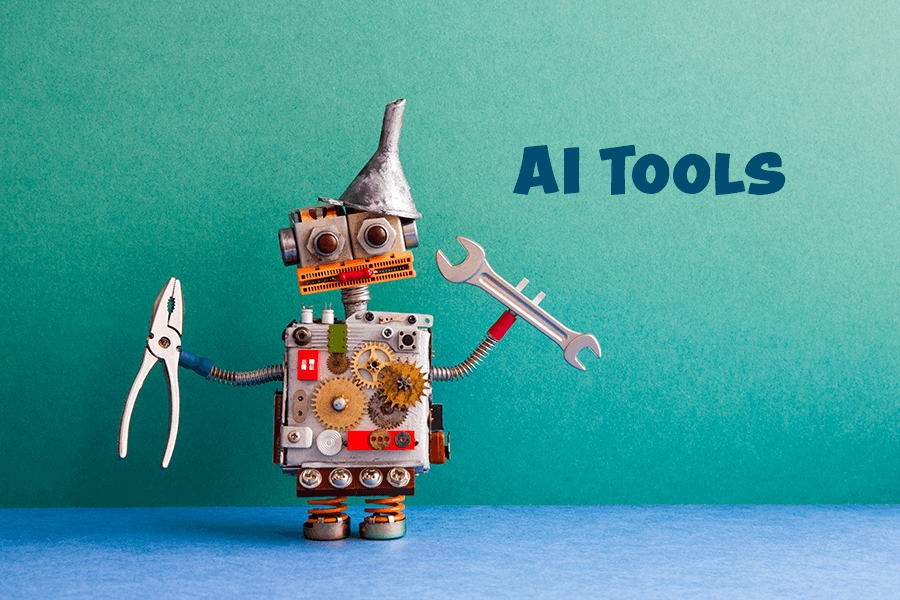
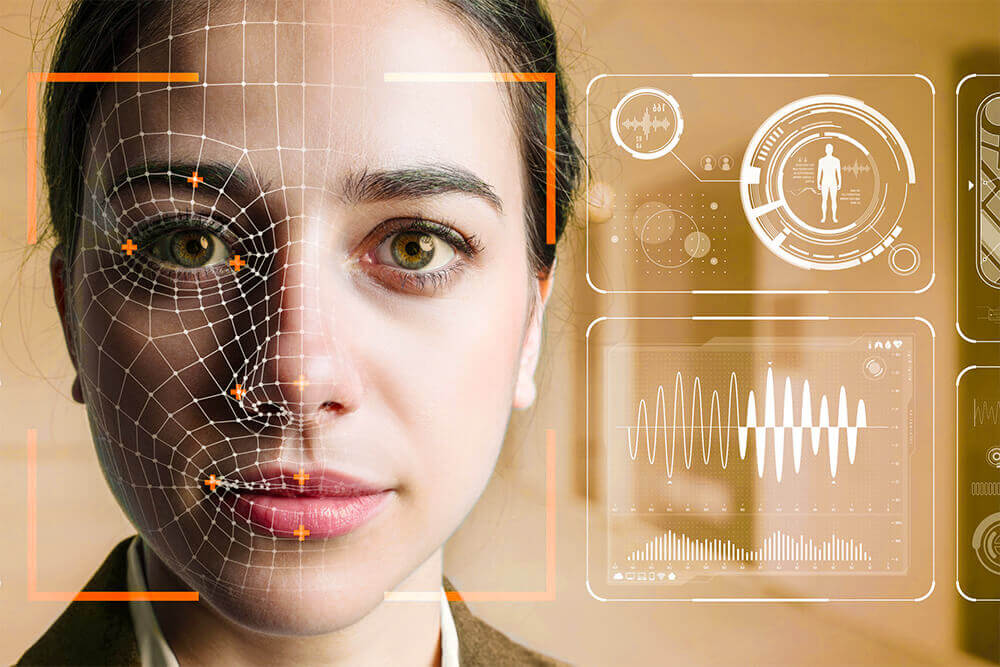






Sharing is caring!